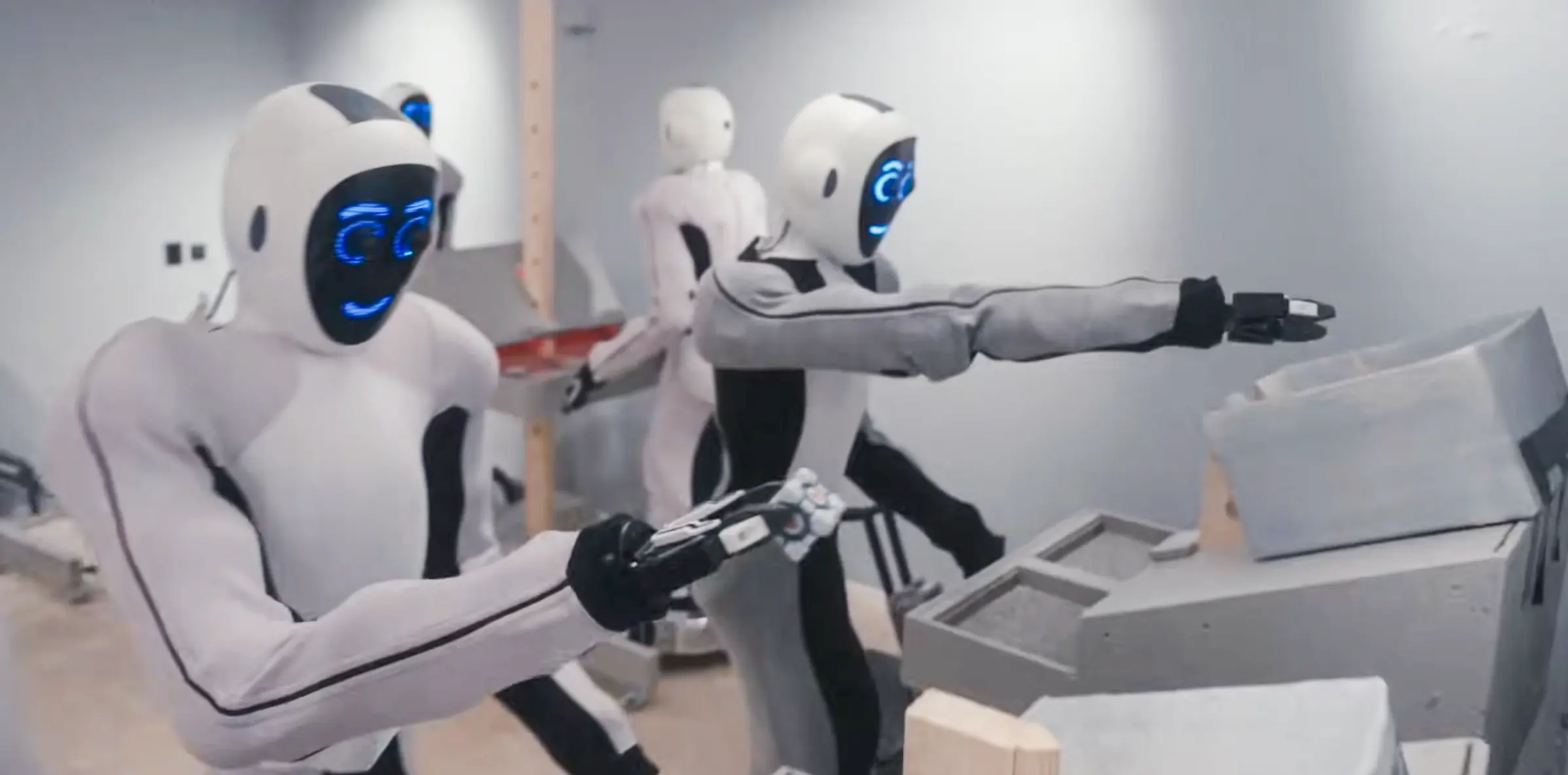OpenAI-backed humanoid robots, developed by Norwegian company 1X, are making remarkable progress in autonomous control and manipulation tasks. In a recent video released by 1X, the robots demonstrate their capabilities without any teleoperation, computer graphics, or scripted movements, showcasing the effectiveness of their neural network-based control systems.
1X gained OpenAI’s support through a significant Series A funding round and subsequent Series B, totaling $125 million. This investment reflects the growing interest and excitement surrounding general-purpose humanoid robots, a concept that has rapidly evolved from a futuristic idea to a tangible reality in recent years.
Despite appearing less advanced compared to other projects, such as those by Tesla or Agility, 1X’s humanoid robots are designed for practical functionality rather than aesthetic appeal. The current model, Eve, lacks traditional humanoid features like feet and hands, instead utilizing wheels for mobility and rudimentary claw-like hands for manipulation. However, 1X is also developing a bipedal version called Neo, which features more articulated hands, suggesting a focus on functional versatility rather than human-like appearance.
The primary focus for these robots is on tasks that require picking up and moving objects, typically in warehouse and factory environments. While other groups have focused on achieving bipedal walking and intricate hand movements, 1X prioritizes rapid learning and autonomous execution of tasks. This approach is exemplified by their training method, which involves teaching individual robots specific tasks through imitation learning and then combining these skills into a “base model” capable of a variety of actions. This base model is further refined for specific environments and tasks, allowing the robots to adapt quickly to new challenges.
1X’s advancements in end-to-end training and autonomous manipulation tasks highlight the potential for practical humanoid robots in real-world applications. As the technology continues to improve, these robots may soon become common sights in various industries, revolutionizing the way we approach manual labor and automation.

